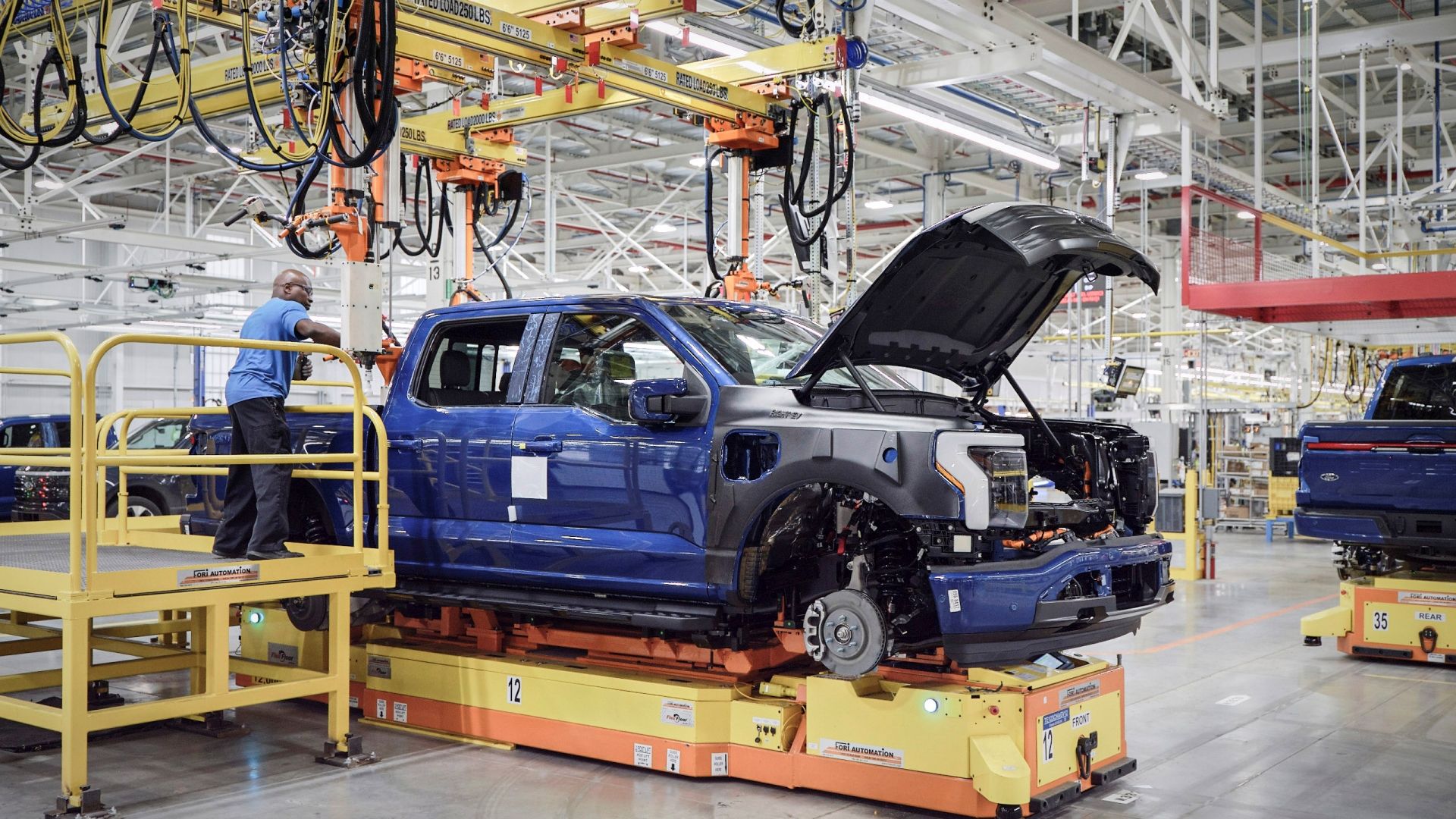
Summary
- The United Auto Workers (UAW) strike in 2023 has impacted the automotive market, leading to potential brand-wide price increases and a less favorable market for buyers.
- The strike has also affected all automakers as they struggle to compete with higher wages, potentially resulting in higher prices for all brands.
- The market is still recovering from the pandemic, which caused supply shortages and profit losses for automakers. To compensate for these losses, brands may prioritize profitable models, leading to higher prices and leaving cheaper options behind.
The automotive market has experienced significant changes in the past decade, with the widespread growth of electric and hybrid vehicles, as well as the increasing popularity of crossovers and SUVs. As manufacturers assess their profit margins, cheaper models are being phased out due to their lower returns.
This trend is concerning for most buyers, as SUVs and crossovers generally have higher ownership and operating costs, while electric vehicles often come with higher price tags than gas vehicles. Not only are there fewer affordable options available, but the remaining cheap models, including used options, have seen price increases throughout the year. Price hikes can be attributed to various factors such as added premium features, supply shortages, market demand, and the exclusivity of new car models.
Aside from information provided by spokespersons for major automotive manufacturers, factory workers have also significantly impacted the automotive market through a worker’s strike. The recent six-week UAW strike has greatly affected the U.S. automotive market, disrupting productivity and exacerbating price surges.
In order to provide the most up-to-date and accurate information, data for this article was sourced from various manufacturer websites and other authoritative sources, including CNN, KBB, Experian Automotive, and AAA.
UAW Strike Puts Upward Pressure On The Market
The six-week strike by approximately 150,000 workers in GM, Ford, and Stellantis plants significantly impacted the big three American automakers. The strike led to increased compensation, pension funding, and cost-of-living wages, which will likely result in brand-wide price increases, reduced production of less profitable models, and higher interest rates.
This historic strike is expected to have a lasting effect on the automotive industry, as it seeks to stabilize following the significant disruption caused by the strike.
Strike Puts Pressure On All Brands
While the UAW focused on the big three American brands, other manufacturers are also feeling the pressure of competitive wages. As industry standards rise, competitors are forced to match these standards or risk losing skilled workers. This could ultimately lead to higher prices for all automakers as they strive to maintain productivity and profitability.
Market Still Recovering From The Pandemic
The global pandemic in 2020 led to factory closures, supply shortages, and profit losses for automakers. This had a significant impact on the market, as average new and used car prices rose due to the disruptions in production and workforce quarantines.
Similar to the UAW strike, these productivity disruptions have affected automaker profits. To make up for these losses, brands may focus more on profitable models or premium options, neglecting their cheaper offerings.
Leading Causes Of Rising Automotive Prices
- Limited supply
- Industry advancements including tech and features
- Manufacturing setbacks
- Corporate greed
Supply And Demand
The automotive industry has been affected by product scarcity, particularly the semiconductor shortage that impacted many automakers in 2022. This shortage initially led to price increases, and although prices briefly declined in February 2023, they soon surged again.
AAA’s 2023 study reports a 4.7-percent increase in new car prices from 2022, along with a doubling of the average annual finance charge. Ownership costs have also increased, revealing the effects of inflation on the market.
Experts Weigh In On The Future Of The American Automotive Market
Major brands are shifting towards hybrid and electric-powered vehicles, making cheap gas models less common. In addition to phasing out bargain options, brands are pricing their crossover, SUV, and hybrid models competitively, contributing to a higher average market cost.
The used car market has also experienced price surges, making it difficult for average buyers to find affordable transportation. Although sticker prices on used vehicles have moderated, interest rates have increased, making them more expensive to own.
Used Car Loan Statistics
|
2021 |
2022 |
2023 |
|
|
Avg. Amount Financed |
$24,059 |
$28,607 |
$26,863 |
|
Avg. Monthly Payment |
$440 |
$519 |
$528 |
|
Avg. Interest Rate |
8.59% |
8.84% |
11.38% |
(Source: Experian Automotive)
The American auto market continues to face challenges in stabilizing, attributed to the ongoing uncertainty from the pandemic, UAW strikes, supply shortages, profit pressures, and inflation.

